The last six or so weeks of pregnancy is the perfect time to start thinking about what the baby’s position is in the womb.
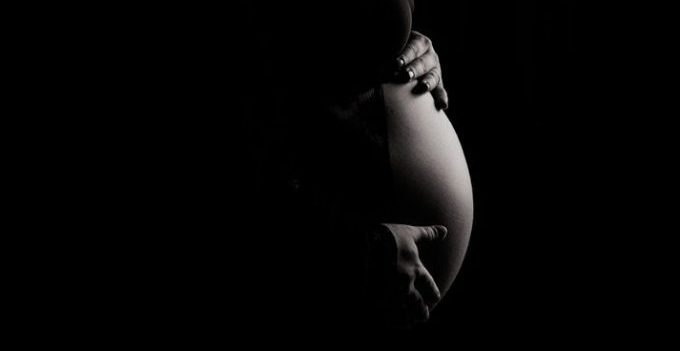
This is because if the baby is in an optimal position during the last few weeks of her pregnancy, the mother will go in to labour more easily, is less likely to need intervention and may have a shorter labour, which will in turn help her recover more quickly so that she can look after her new arrival more easily.
A baby positioned head down and facing towards the mothers spine is considered ‘Optimal Foetal Positioning’ (OFP) and is a theory developed by a midwife, Jean Sutton, and Pauline Scott, an antenatal teacher, who found that the mother’s position and movement could influence the way her baby laid in the womb in the final weeks of pregnancy.
The Occiput Anterior Position
The ‘occiput anterior’ position (OA) is ideal and means the baby is head down, facing the mothers spine, with his or her back on one side of the front of the mother’s abdomen. In this position, the baby’s head is easily ‘flexed’, with his chin tucked into his chest, so that the smallest part of his head will be applied to the cervix first. The diameter of the head which has to fit through the pelvis is approximately 9.5 cm, and the circumference approximately 27.5cm. The position is usually ‘Left Occiput Anterior’ (LOA) although occasionally the baby may be ‘Right Occiput Anterior’ (ROA)
The Occiput Posterior Position
The ‘occiput posterior’ (OP) position means the baby is head down, but facing the mother’s abdomen. Mothers of babies in the ‘posterior’ position are more likely to have lower back pain during pregnancy during labour, and as the baby will try to turn all the way round to face the mothers spine in order to be born, the labour is often prolonged. Furthermore, the baby cannot fully flex his head and so the diameter of his head which has to enter the pelvis is approximately 11.5cm, circumference 35.5cm, which is clearly a significant difference from that of LOA.
Unfortunately the rate of posterior presentation has increased in the last few decades which is in line with our lifestyle changes of being more reclined, but by practicing yoga asana that tilts the pelvis forwards and moves the spine in to forward flexion, gravity can help move the baby’s spine away from the mothers spine.
Try this yoga asana practice daily in the last six weeks of your pregnancy to help your baby move in to a great position. You can follow along with Sally’s video or just use the posture descriptions below.
Breech babies
Please scroll down for extra tips and avoid the deep squat.
Spine Stretch using chair:
Rest the hands on the chair and relax the spines. Bend the knees if needed. Hold for ten to twenty deep breaths and repeat twice a day.
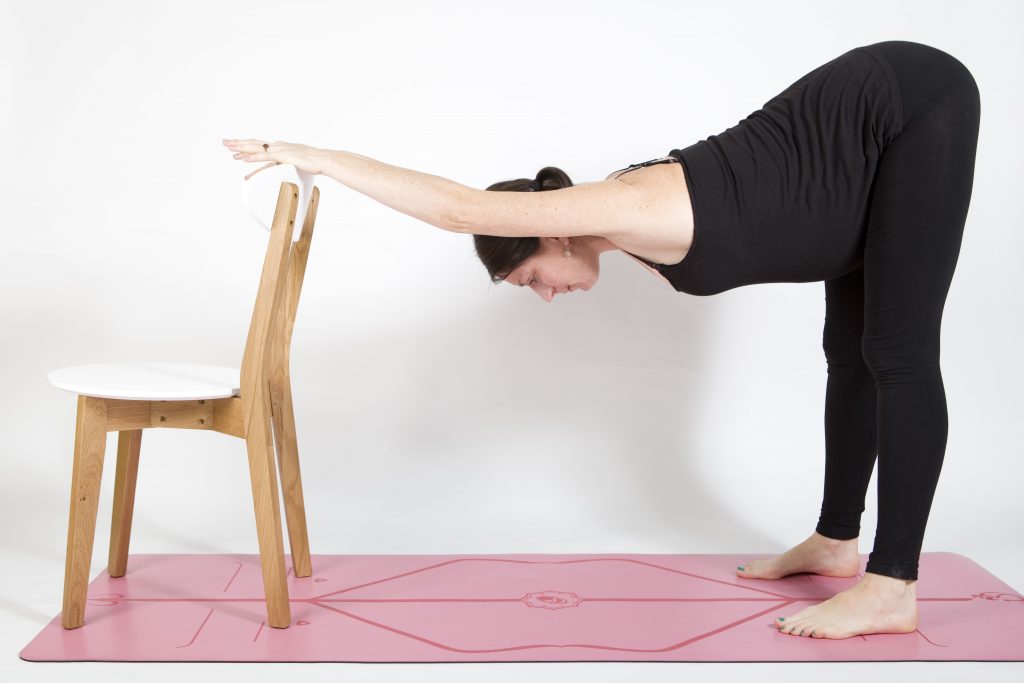
Deep Squat:
Hold for ten deep breaths before taking a rest on Box Position and repeating for another ten breaths. Place a block under the heels of they do not reach the ground. nb. this pose is not helpful with a breech baby.
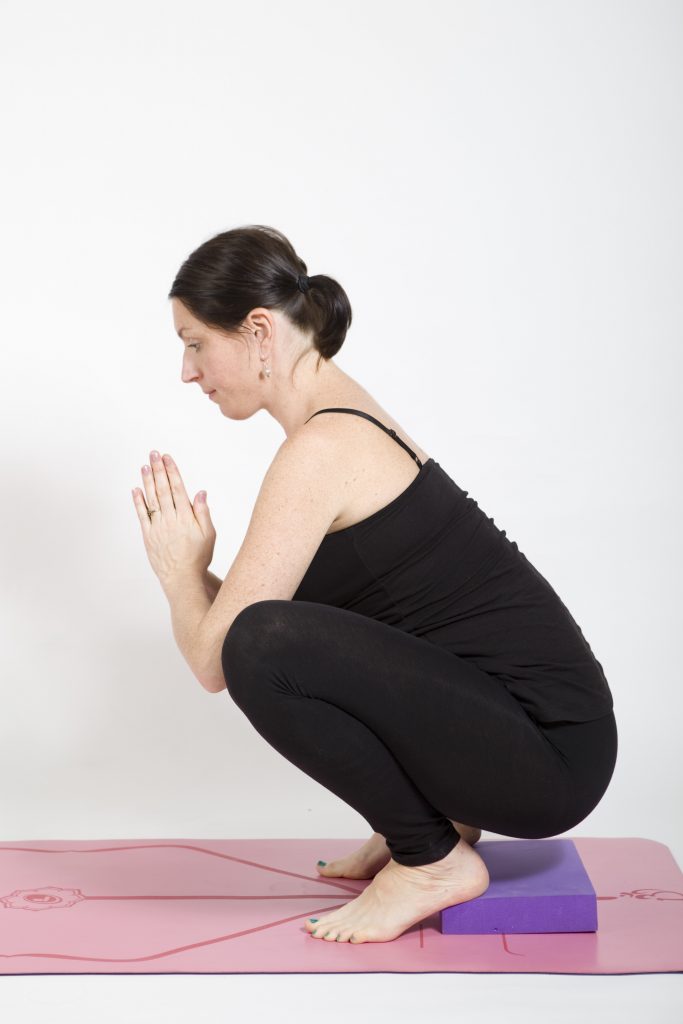
Ball Hug:
Position the legs as though in Childs Pose and rest the arms on or around a large birthing ball. Hold for ten to twenty deep breaths and repeat twice a day.

Box Position variation:
From Box Position, position the knees wider than the hips. Now inhale and sway the body forwards and then back on the exhale. Repeat at least twenty times, or more if you wish.
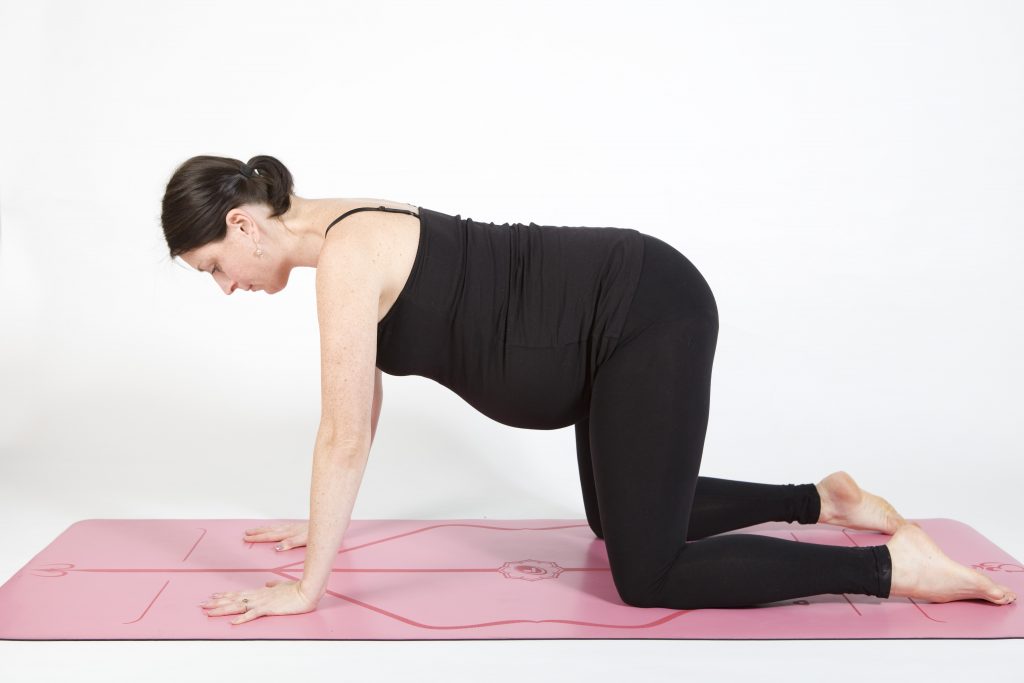
Box Position
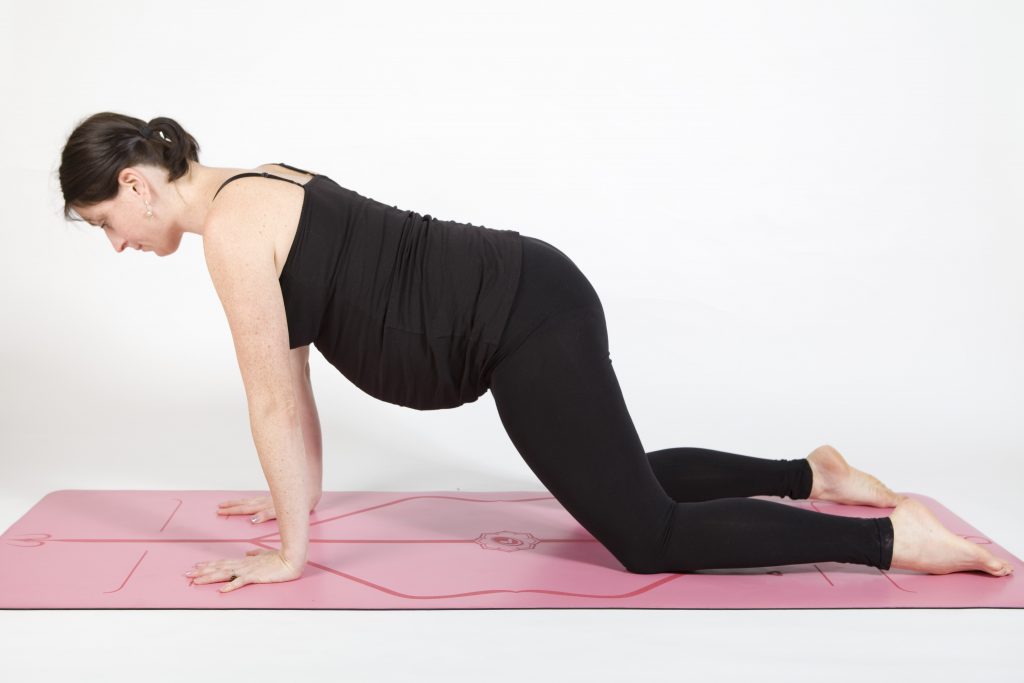
Inhale: Sway forwards

Exhale: Sway back
Wide Legged Seated Forward Bend:
Stretch the legs out and focus on the forward tilt of the pelvis. Place a block under the hips if you feel you don’t have much space at the front of the pelvis.
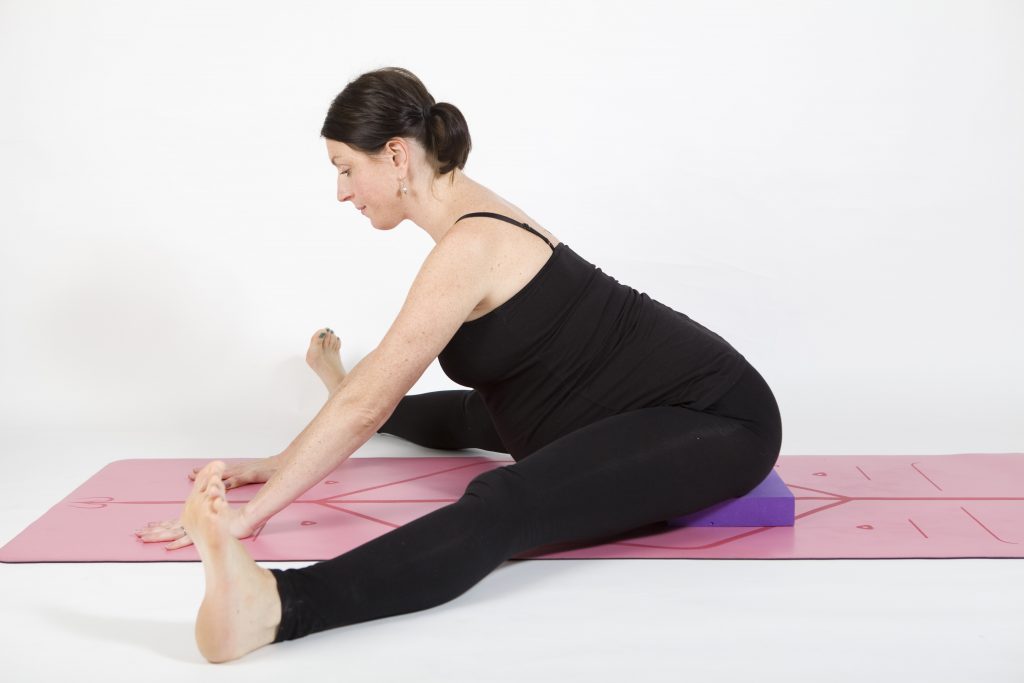
Savasana
Ensure the body is fully supported and rest here for at least ten minutes, breathing deeply throughout.
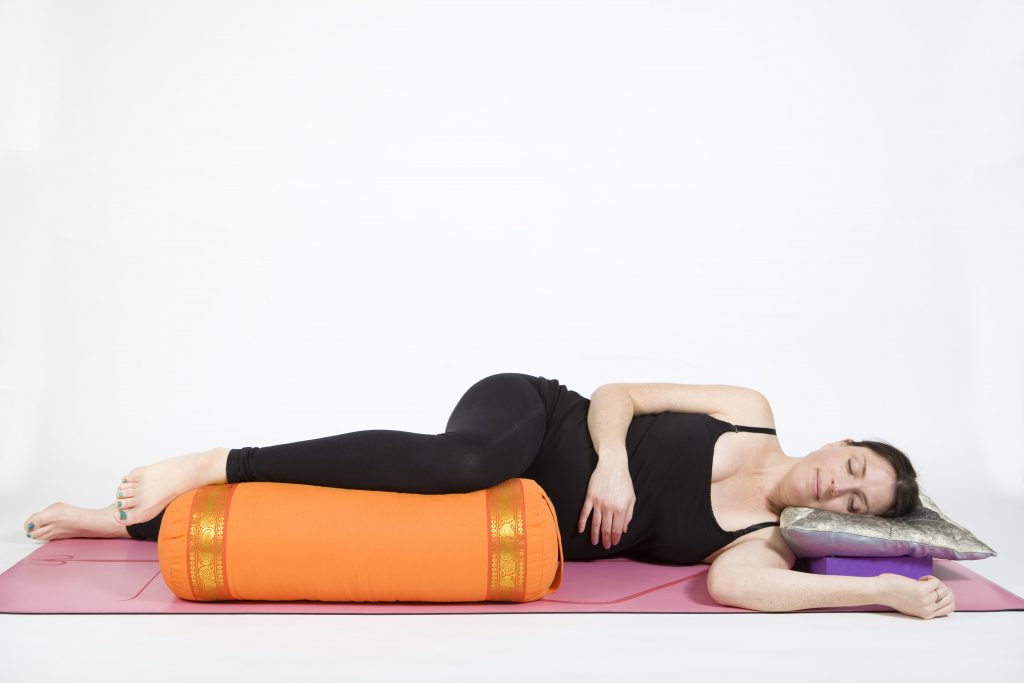
>>Watch Sally’s Video: Optimal Foetal Positioning>>
>>Check out Sally’s full range of ante and post natal classes here>>
Breech babies
Please do not practice the deep squat shown here if your baby is breech. All other positions listed here are beneficial as they will create space for the breech baby to reposition himself. You may also like to try this video to help turn a breech baby.
>>Turning Breech Baby>>

Sally Parkes BSc is a yoga teacher, author and mum. She runs fully certified Pregnancy and Postnatal Yoga Teacher Trainings and is a proud MFML teacher.
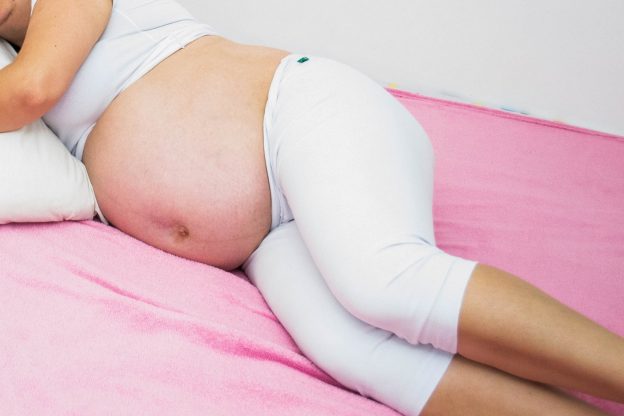




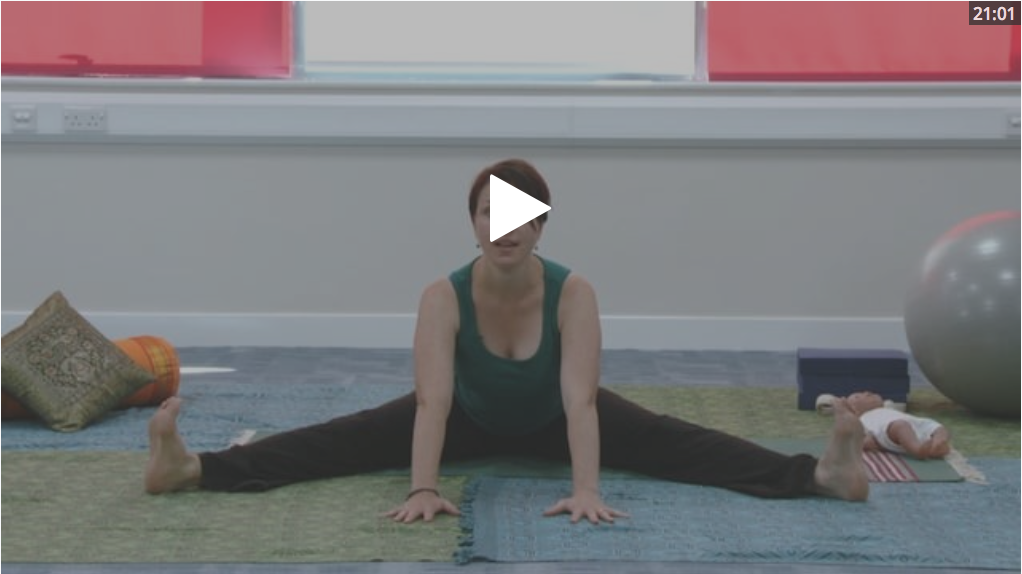

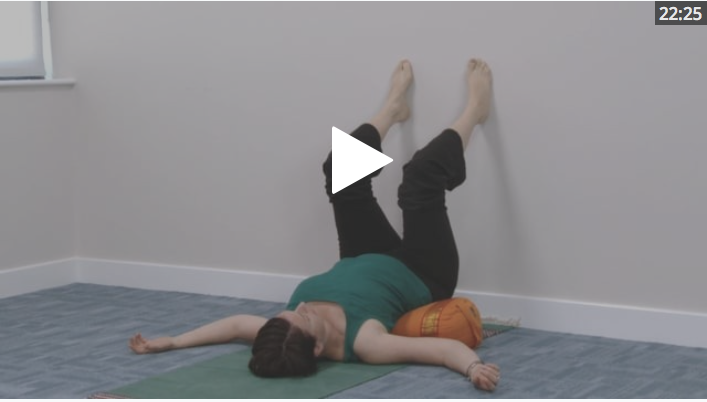
Leave a Reply